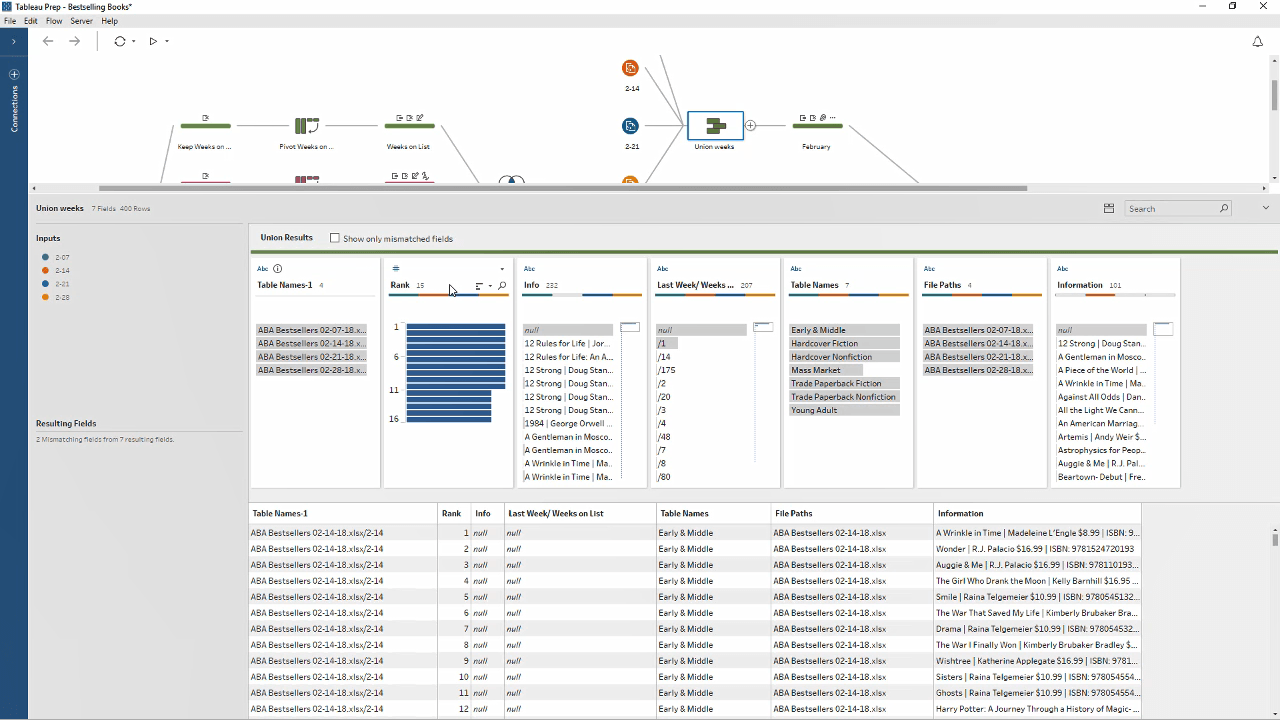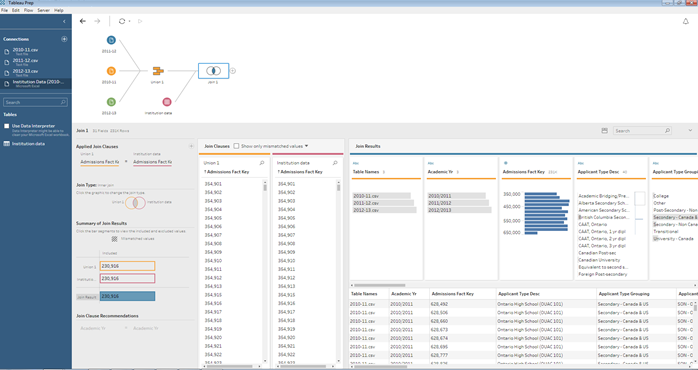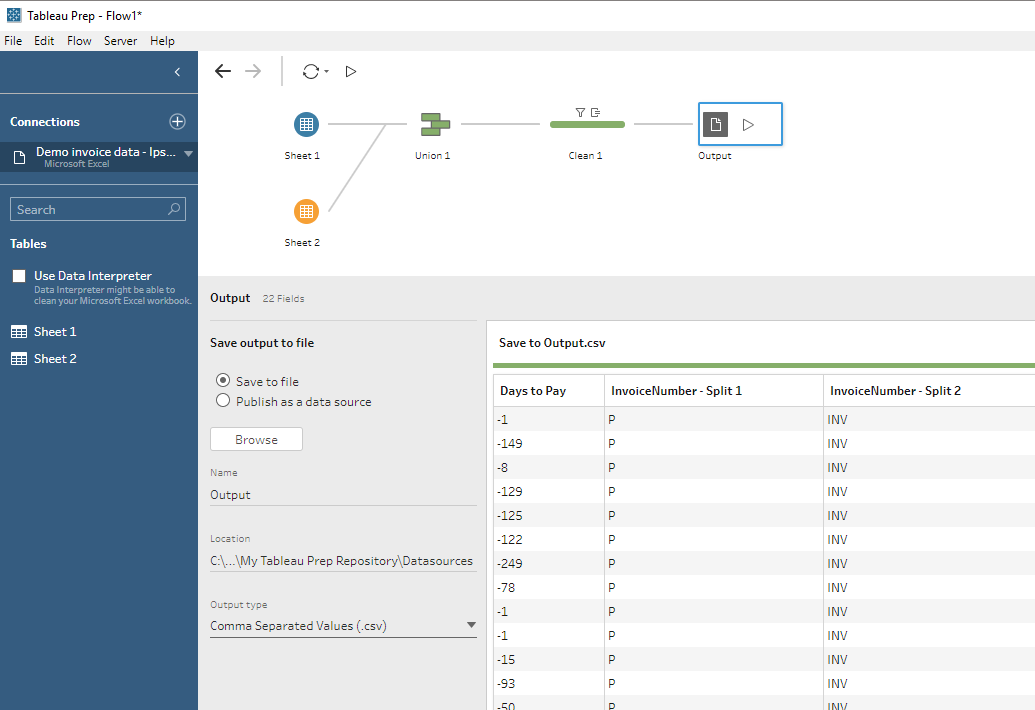

Locate the Timesheets_APAC.xlsx file that you should have already downloaded and click Open. Open Tableau Prep Builder and click connect to data > To a File > Microsoft Excel.
Tableau prep cost full#
The first thing we’re going to do is combine our APAC file which is split by country into one table (APAC is short for Asia Pacific and refers to countries in this region), this will mean we can apply our cleaning and preparing steps just once on the full table rather than having to repeat the same step for multiple files.
Tableau prep cost code#
Tableau Prep also allows you to take care of preparing data yourself if you don’t have the access or expertise to write SQL code to do this, it’s also useful for quickly preparing data for one off exercises, proof of concepts or where you can’t make changes to the underlying data sources like in the scenario we’re looking at. Tableau Prep offers an easy to use, drag and drop way to clean, prepare and transform data ready for analysis and be able to repeat these steps, in organisations you may find that this can be done directly within your databases/data warehouse using SQL however it’s still useful to know what can be done with Tableau Prep since it’s part of your Tableau license anyway.

More info on Tableau Prep Builder can be found here: Īnd the latest version can be downloaded here:
Tableau prep cost trial#
If you don’t currently have a license or are using Tableau Public you can get a free 14 day trial of Tableau Prep to complete this course (make sure you don’t activate it until you’re ready to start though!) This project uses Tableau Prep Builder, this is included as part of your Tableau Desktop or Creator license.

Tableau prep cost update#
The last point is critical to this project, as a one off this could be done manually but with the requirement to update it every month or on demand an easily repeatable solution is required. To not include anyone from the communications team that performs a comms role as these are third party resources and their time/cost is already accounted for in the contract with the third party.įor the data to be updated each month to add the latest complete month to the data, or to be updated adhoc if required with the latest data available within a month.įor the second two points you’ve been supplied with an Employee Data file from HR which contains a list of relevant employees and the required details as well as a list of the average FTE costs for each role in each region.įor point 4 it’s not possible to get the data in this way from the timesheets data or to update the timesheet systems to provide it so you’re going to need to find a way to transform the data to provide the required info. To be able to attribute the time/costs booked against the none project related ‘dummy’ project to the projects each person works on. To get an estimate of the relative costs of the time, using the average Full Time Employee (FTE) costs per job role in each region as supplied in the HR file. To be able to cut this by countries, regions, job roles and individual people. To be able to see how much time has been booked to each individual project and activity each month. The Business Change leadership team have also asked if it’s possible to get data that includes the following as this will form part of the ongoing analysis and reporting of this data: Unfortunately each region in your company uses a different timesheet booking system, while they are all from the same supplier there is no connectivity or interaction between the individual regions systems so you’ll need to combine multiple data sources. They also have to book any none project related time such as training, annual leave or other types of admin not, to enable this to be done a ‘dummy’ project has been created in the timesheet system to book this time against. You have access to download data from your companies timesheet booking systems where every employee has to book how many hours they’ve worked on each specific project and activities within that project. In your role as a Project Management Analyst you’ve been asked to start providing insight into the allocation of people’s time to five key business change projects that are currently in progress at your company.


 0 kommentar(er)
0 kommentar(er)
